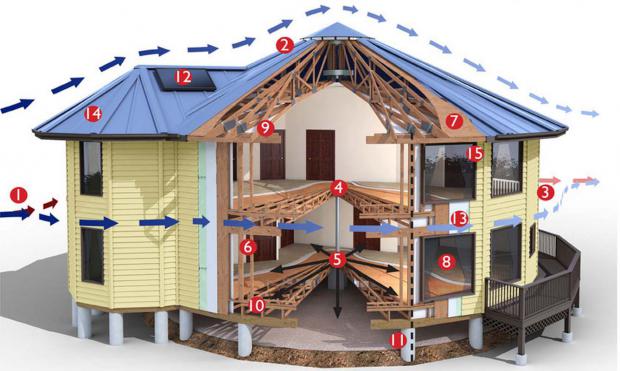
Breaking News
 IT'S OVER: Banks Tap Fed for $17 BILLION as Silver Shorts Implode
IT'S OVER: Banks Tap Fed for $17 BILLION as Silver Shorts Implode
SEMI-NEWS/SEMI-SATIRE: December 28, 2025 Edition
 China Will Close the Semiconductor Gap After EUV Lithography Breakthrough
China Will Close the Semiconductor Gap After EUV Lithography Breakthrough
 The Five Big Lies of Vaccinology
The Five Big Lies of Vaccinology
Top Tech News
 EngineAI T800: Born to Disrupt! #EngineAI #robotics #newtechnology #newproduct
EngineAI T800: Born to Disrupt! #EngineAI #robotics #newtechnology #newproduct
 This Silicon Anode Breakthrough Could Mark A Turning Point For EV Batteries [Update]
This Silicon Anode Breakthrough Could Mark A Turning Point For EV Batteries [Update]
 Travel gadget promises to dry and iron your clothes – totally hands-free
Travel gadget promises to dry and iron your clothes – totally hands-free
 Perfect Aircrete, Kitchen Ingredients.
Perfect Aircrete, Kitchen Ingredients.
 Futuristic pixel-raising display lets you feel what's onscreen
Futuristic pixel-raising display lets you feel what's onscreen
 Cutting-Edge Facility Generates Pure Water and Hydrogen Fuel from Seawater for Mere Pennies
Cutting-Edge Facility Generates Pure Water and Hydrogen Fuel from Seawater for Mere Pennies
 This tiny dev board is packed with features for ambitious makers
This tiny dev board is packed with features for ambitious makers
 Scientists Discover Gel to Regrow Tooth Enamel
Scientists Discover Gel to Regrow Tooth Enamel
 Vitamin C and Dandelion Root Killing Cancer Cells -- as Former CDC Director Calls for COVID-19...
Vitamin C and Dandelion Root Killing Cancer Cells -- as Former CDC Director Calls for COVID-19...
 Galactic Brain: US firm plans space-based data centers, power grid to challenge China
Galactic Brain: US firm plans space-based data centers, power grid to challenge China
Thousands of Circular Homes Are Surviving Hurricanes Across the US Thanks to...

When Hurricane Milton recently smashed into Florida's Crystal River, a peculiar house stood firm even while a neighbor's was heavily damaged by the powerful winds.
Owned by Gene Tener, it is one of 3,000 along the Gulf and Atlantic coasts of the US built by Deltec Homes, which use prefabricated parts to build hurricane-resistant homes.
Utilizing basic principles of aerodynamics, Deltec's homes are cylindrical and sit on stilts that reach deep into the bedrock below. Coupled with a conical roof, it means there is no surface where the wind can gain enough purchase to push the structure down.
Inside, roof and floor trusses span the building like spokes on a bicycle wheel, radiating energy out across the whole skeleton rather than letting it build up on a fixed point. Deltec's homes are designed to survive winds of 190 mph, higher than category 5, and just 30 mph below the strongest storm ever recorded in the Northern Hemisphere.
Mr. Tener's home has survived Hurricanes like Idalia, Milton, and Debby, and while it cost him more than twice as much as a normal home in his area, it meant he saved the necessity to pay $12,000 in flood insurance this year—and who knows how much in future years.
Deltec's homes can go from a low of $600,000 to over $2 million depending on the geography of the site, the size of the desired home, and potential additions like porches and decks.
"We started to ask ourselves the question: What would we have to do to design the home of the future?" Deltec President Steve Linton told CNN. "Because whatever we're building today, we obviously want it to be around for hundreds of years."
If climate change is in fact making storms more powerful more often, then overtime, millions of homes will be exposed to the dangers of wind and flooding having been built to withstand a class of hurricane that isn't the norm any longer.



